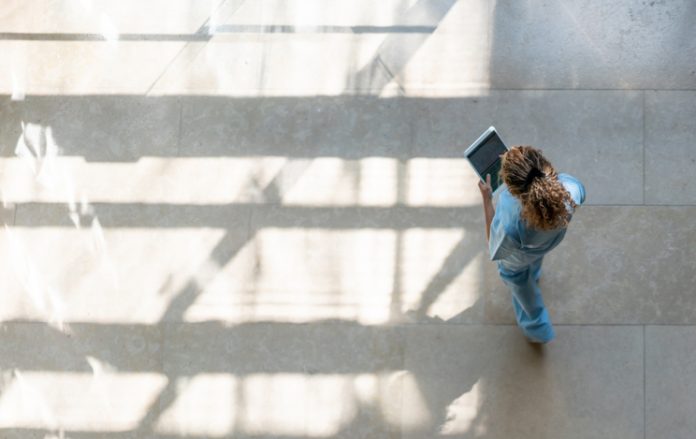
As the coronavirus pandemic continues to spread throughout the United States, hospitality organizations across the country are experiencing high vacancy while at the same time hospitals are planning for reaching or exceeding capacity. As the pandemic continues, it is essential there are enough beds for all of the incoming patients, which is why many states are turning to hotels and other alternative facilities to house pop-up hospitals. This means that hotels need to be able to quickly transform into an environment that is suited for medical care and patient isolation to provide safety for staff and patients as well as the surrounding community. One of the first steps that should be taken to achieve this is to leverage the hotel’s existing technology.
Hotels are typically equipped with a wide variety of technology, including cameras, PA systems, fire panels, smoke detectors, access control, and environmental monitoring systems. This technology is all useful for pop-up hospitals and can be made even more powerful when integrated onto one platform and combined with additional safety, security, or communication systems. For instance, a hotel’s cameras can be integrated and leveraged for advanced communication. To ensure proper safety and security, staff can receive alerts containing live camera feed to phones, desktops, and tablets. This could be helpful for monitoring a variety of areas, one of which is access control. If someone requests access, an alert could go directly to a staff member’s phone or other device with a live feed of the person who made the request, allowing the staff member to deny or approve entrance immediately from their device. This minimizes in-person interaction, an essential amid this pandemic, and keeps the pop-up hospital secure.
For pop-up hospitals serving as non-COVID-19 patient facilities, access control can help screen patients before they even enter the building and separate potential COVID-19 cases from patients requiring different or non-emergency care. For example, when a potential patient arrives at the hospital’s entrance, a staff member can receive an alert and initiate a conversation over a kiosk’s intercom. If the person shows and expresses no signs or symptoms of COVID-19, the staff member could press a button that opens the door, or if the person does show symptoms or is looking to be treated or tested for COVID-19, they can be informed of where they should go and what measures they should take, all from a safe distance. This decreases in-person interaction and allows pop-up hospital staff to take extra precautions to protect themselves and existing patients.
Integrating a hotel’s existing technology via an automated alerting platform can also allow pop-up hospital staff to combine their technology with additional systems to communicate critical information or other announcements to a specific group through an alert system, w the team responsible for setting up the pop-up hospital, the medical staff, housekeeping, maintenance, or any other group. This type of mass notification ensures that everyone is aware of what is happening, their responsibilities, and any important changes or new information. This is especially important in the situation of putting together and running a pop-up hospital during a global pandemic, as there will be a constant slew of new information that needs to be shared quickly and effectively. To ensure everyone receives these messages, redundancies can be set up so the messages are sent via email, text-to-speech calls, text messages, PA announcements, and desktop pop-ups.
In uncertain times, information is one of the most valuable resources, and with the right technology, powerful information can be obtained, shared, and received easily and quickly.











